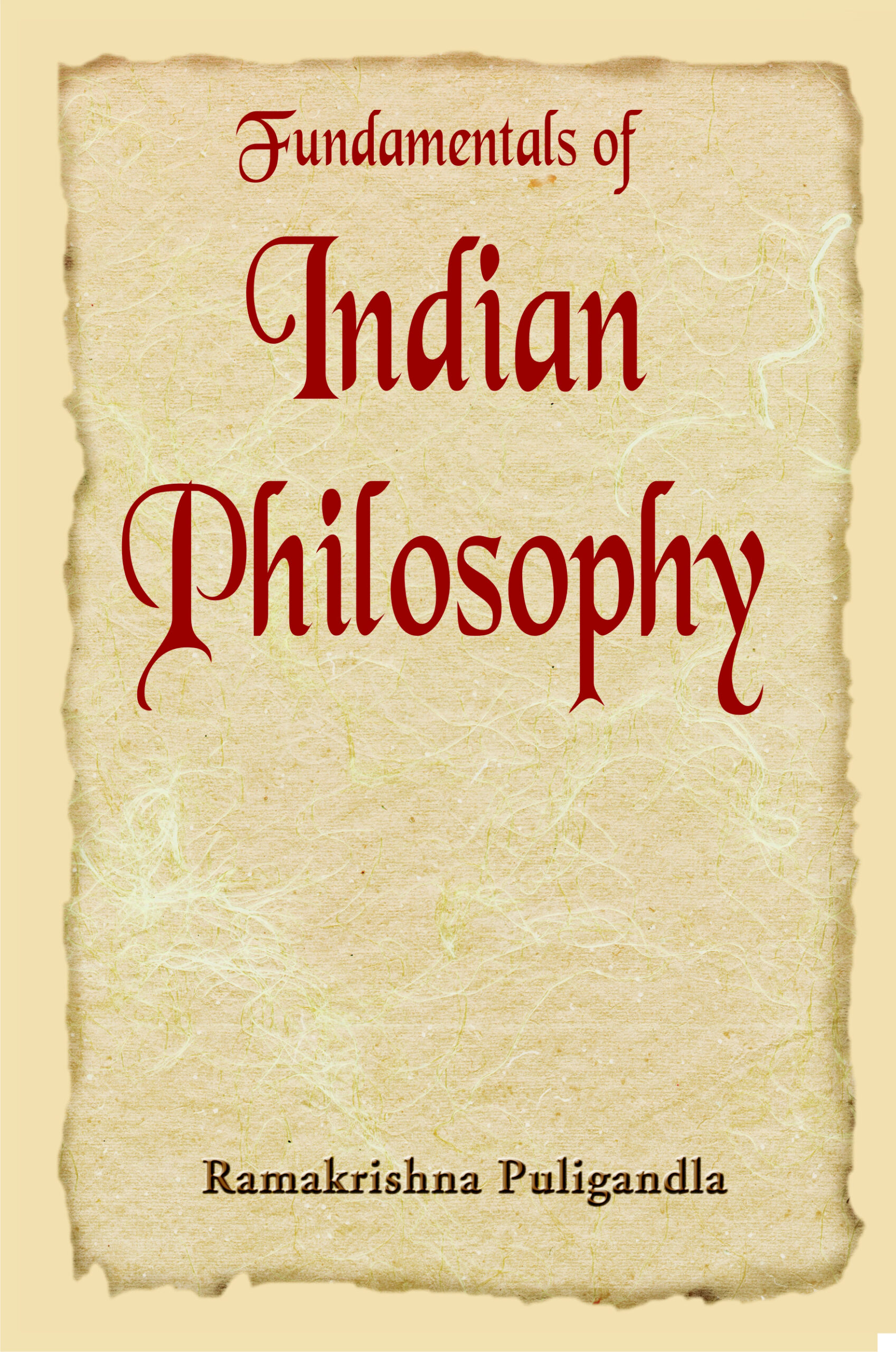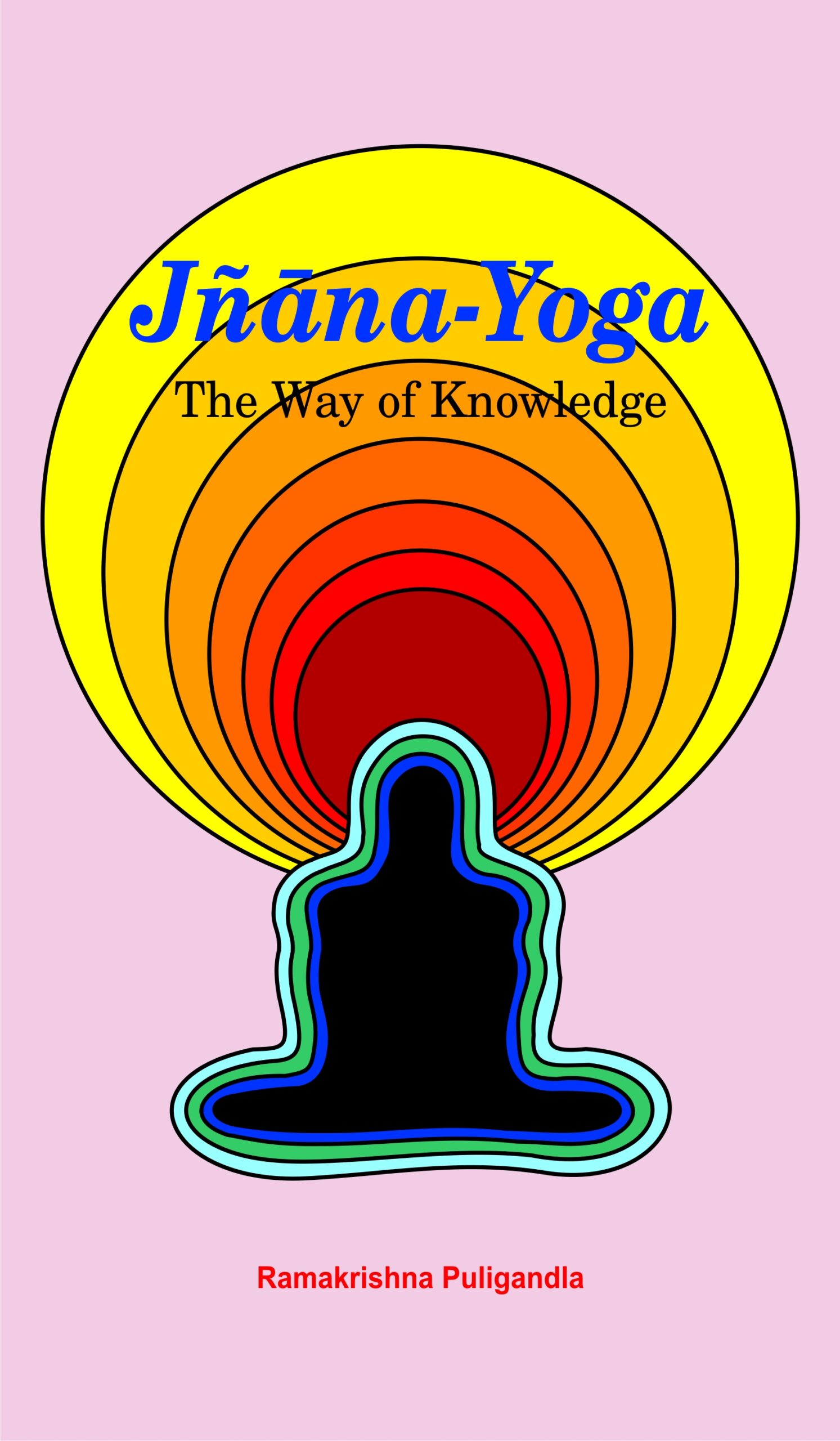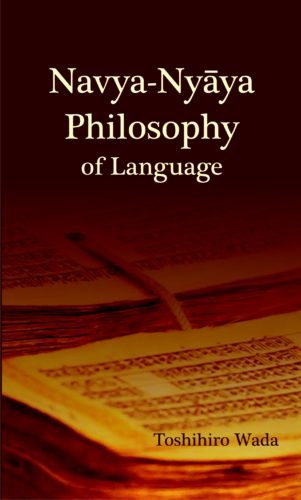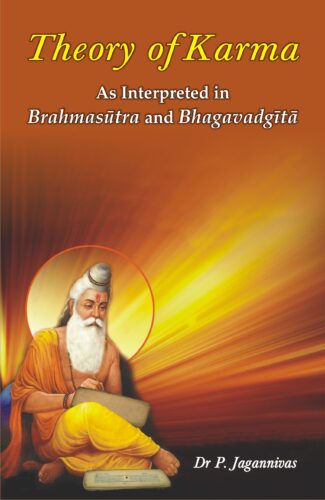

That Thou Art...
That Thou Art
by: Ramakrishna PuligandlaThis book is an excellent exposition of the complex philosophy of Advaita. A special feature of the book is that it inspires the readers to inquire deeply into their own traditions and undertake the mystical quest.
Original price was: ₹190.00.₹171.00Current price is: ₹171.00.
ISBN: 9788124605271
Year Of Publication: 2009
Edition: 1st
Pages : xx, 146
Bibliographic Details : Glossary; Bibliography; Index
Language : English
Binding : Paperback
Publisher: D.K. Printworld Pvt. Ltd.
Size: 22
Weight: 250
Written with extraordinary clarity and elegance, this book is an excellent exposition of the complex philosophy of Advaita. A special feature of the book is that it inspires the readers to inquire deeply into their own traditions and undertake the mystical quest. The author’s emphasis on first-hand truth is indeed heartening, for, as he says quite rightly, ultimate questions are too important to be left for others to determine the answers. Professor Puligandla approaches Vedanta as a free and independent thinker with a desire to modernize its format and shows the key to search and reach the highest form of living truth by tracing the single theme of non-dualism.
Foreword
Preface
Acknowledgements
Introduction
1. The Central Upanishadic Insights
2. Clarification and Discussion
3. Philosophical Significance
4. Philosophical Significance (Continued)
5. Religious Significance
6. Concluding Remarks and Reflections
Glossary
Bibliography
Index










